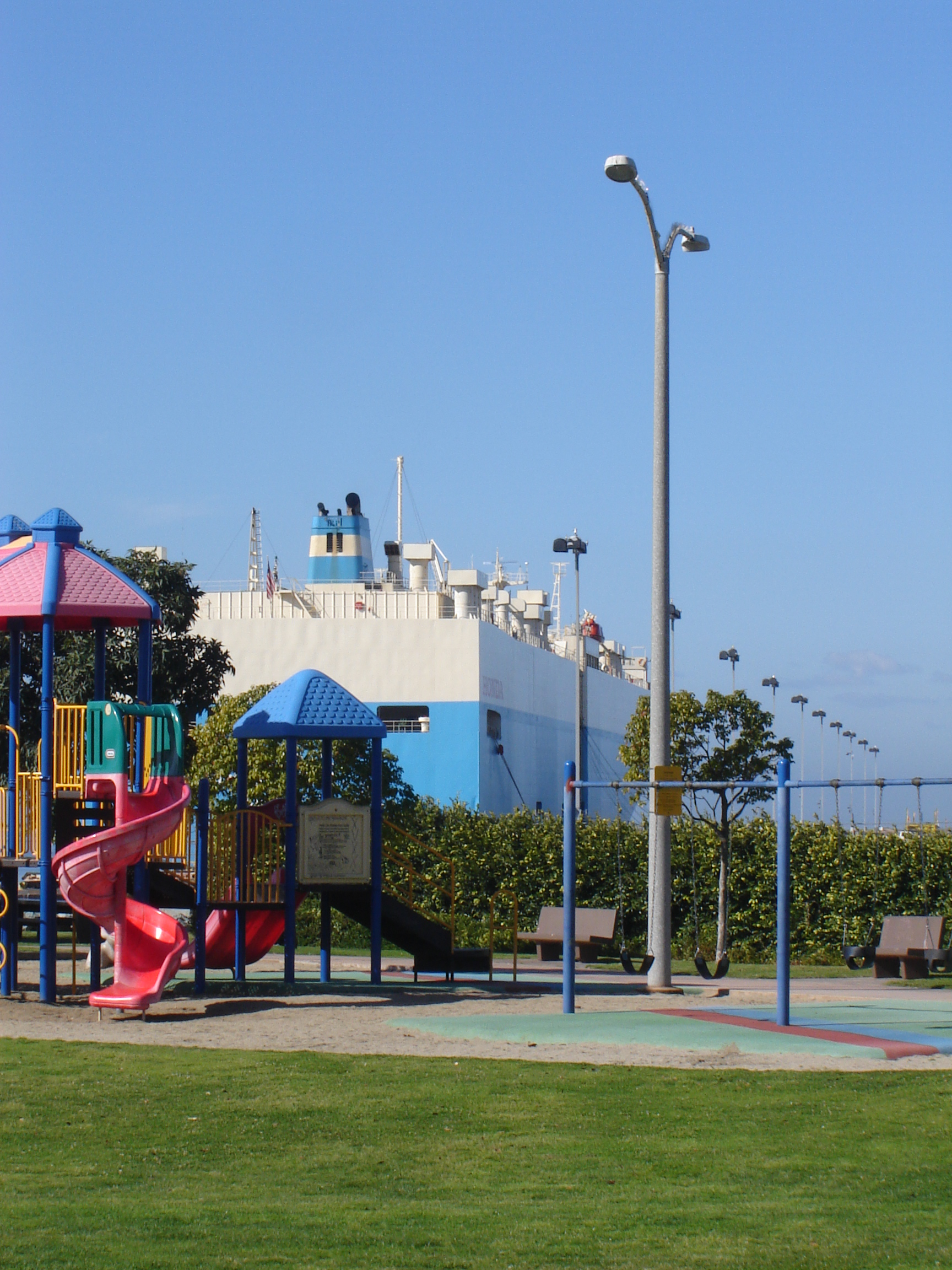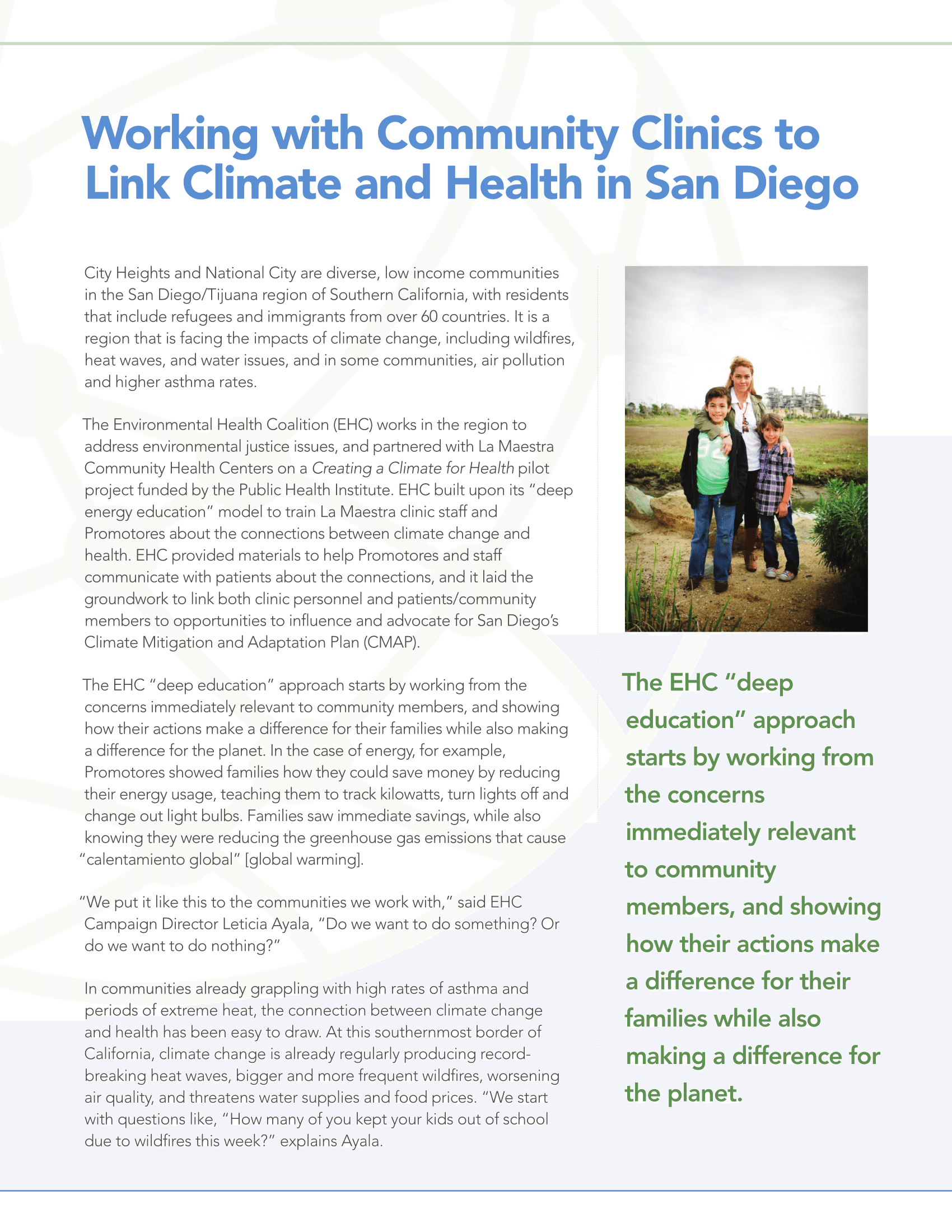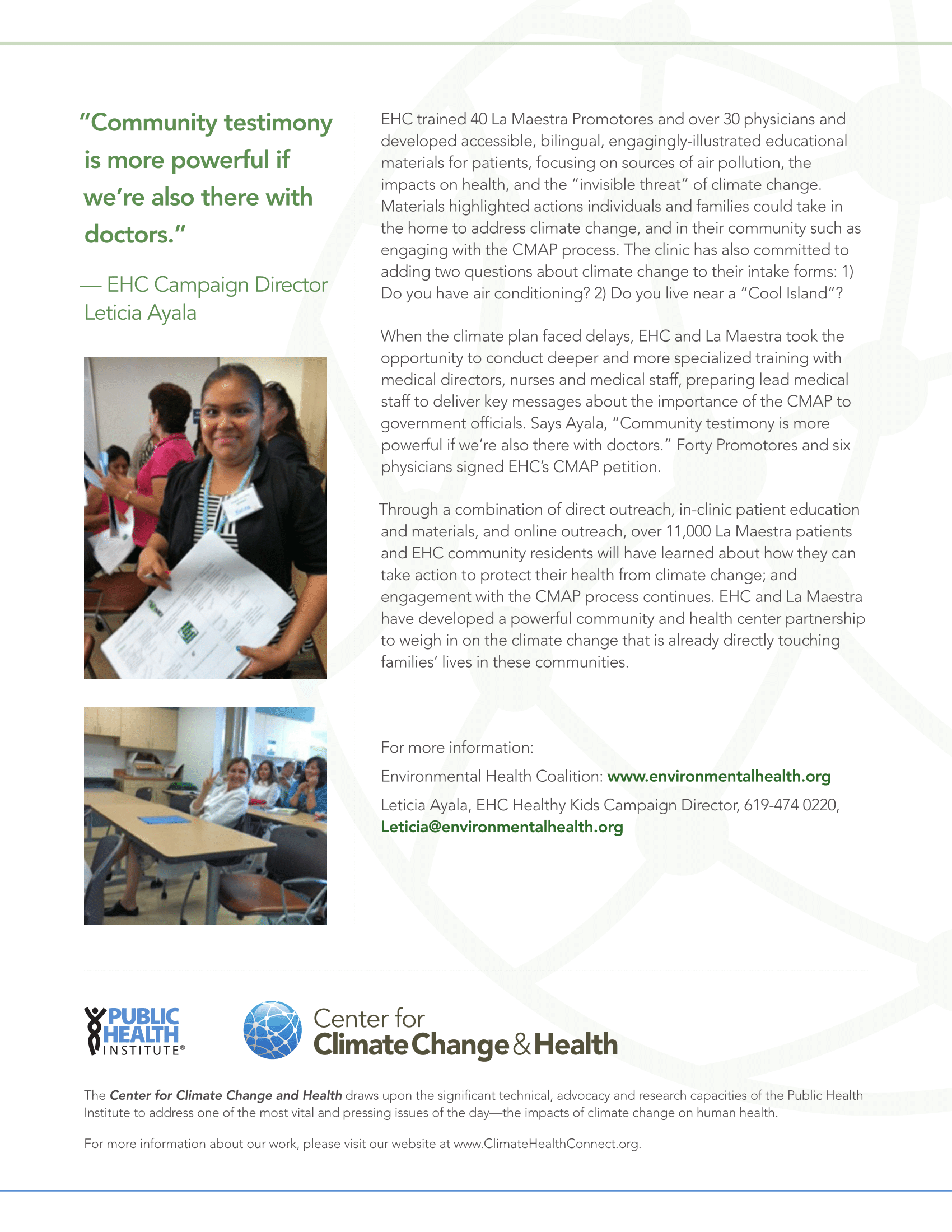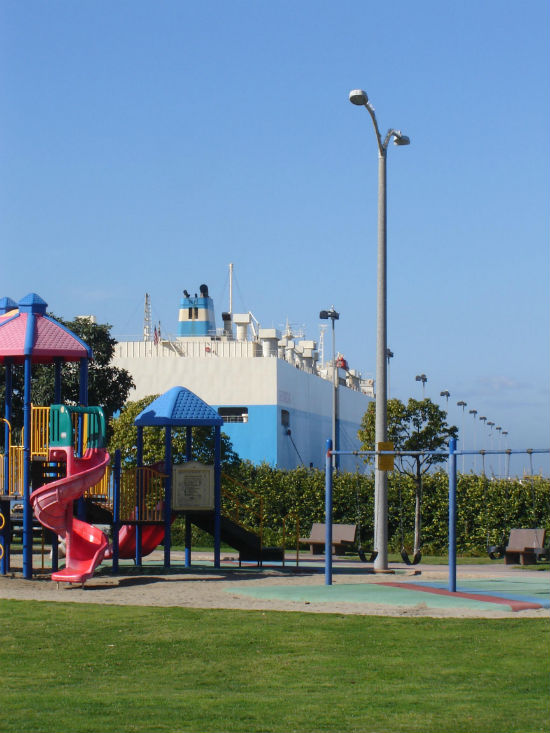On November 17, 2015, Old Town National City will break ground on the city's first transit-oriented affordable housing development: The Paradise Creek Apartment Homes.
We spoke with National City community members about what this momentous groundbreaking means to them. From better living conditions to a symbol of hope, this development means much more than just another building.
"Paradise Creek provides a big opportunity for stabilty in my family and a huge wellness project for the community."
"For me, the Paradise Creek Apartments are like a dream come true. I have been participating in this project since it was an idea. For my family and I, the apartments represent our hope for quality of life and a better home."
"In my community in National City, the homes are in really bad shape. The Paradise Creek Apartments are an opportunity for my neighbors to live in better conditions."
"The Paradise Creek Apartments are an $80 million project. This demonstrates that nothing is impossible. We, the residents, can continue to fight to improve our community."
"The Paradise Creek Apartments are a huge accomplishment for National City residents. Those of us who work in National City will have a better quality of life."
"The Paradise Creek Apartments are really important to me. We have a lot of low income families in National City and I believe that they deserve to live in better conditions."








